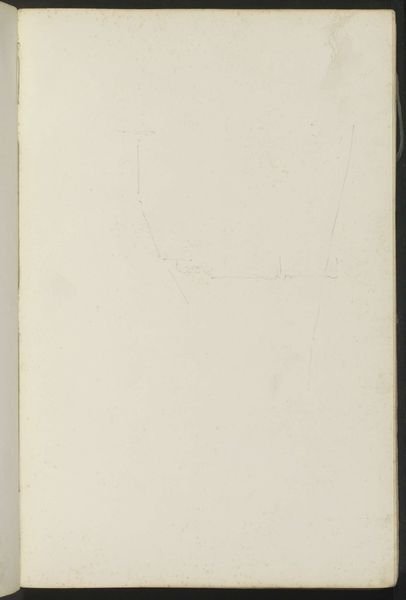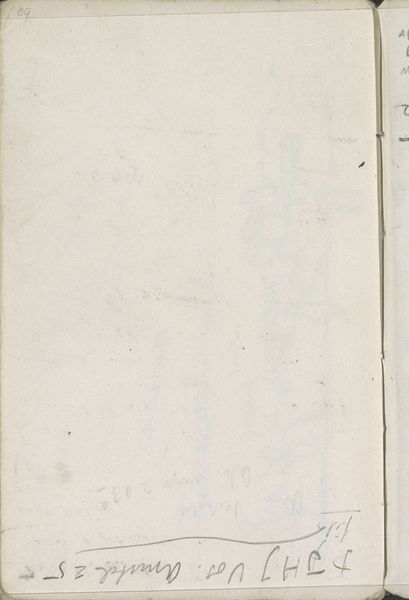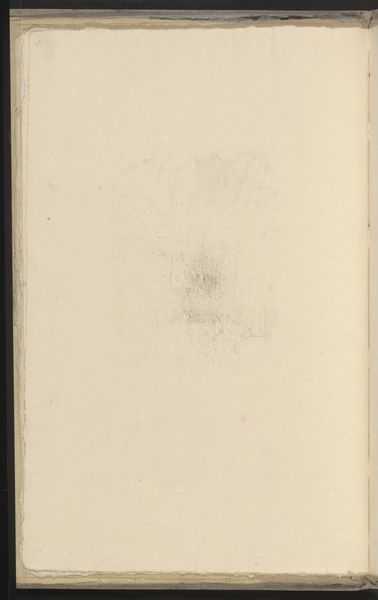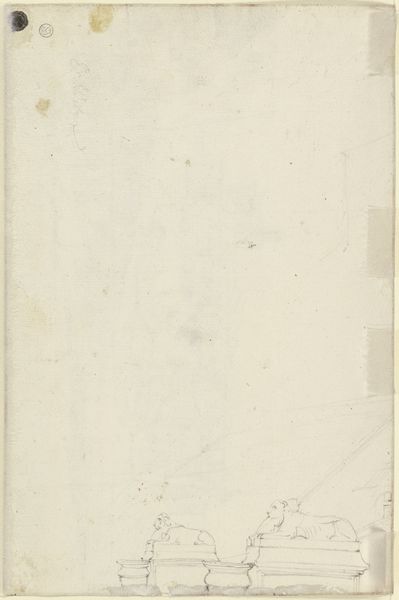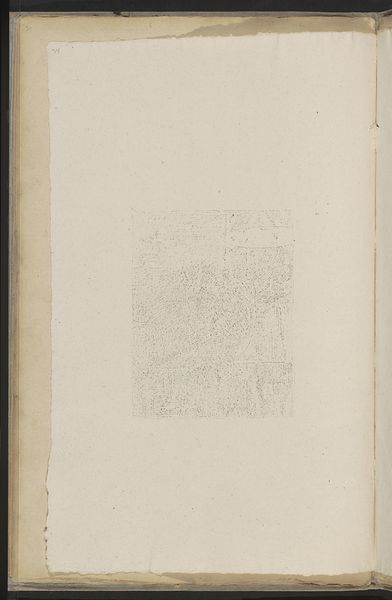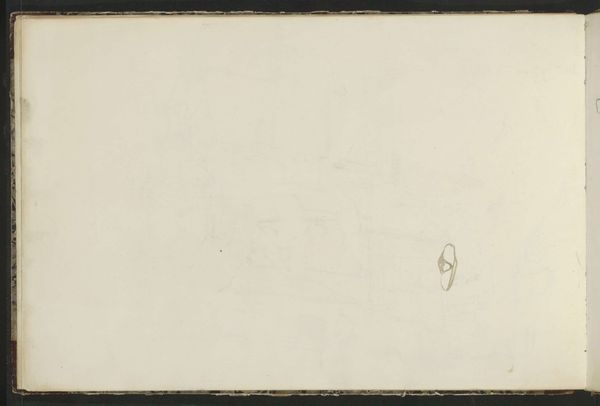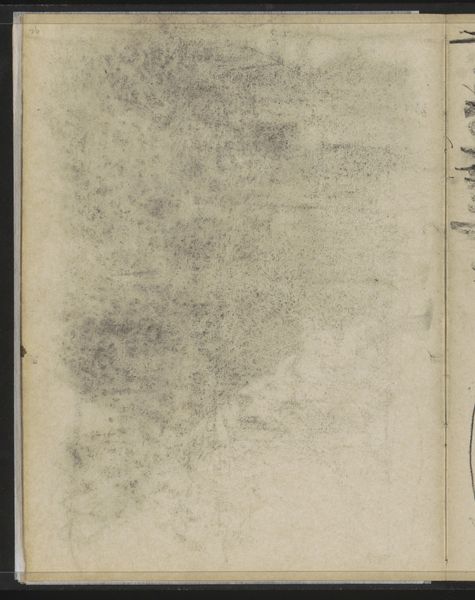
drawing, paper, pencil
#
drawing
#
paper
#
pencil
#
sketchbook drawing
#
academic-art
Copyright: Rijks Museum: Open Domain
Editor: Here we have Willem Koekkoek’s "Studies," made between 1849 and 1895, using pencil on paper. It feels like looking into an artist's private thoughts. What can you tell me about it? Curator: What strikes me immediately is how these sparse pencil marks, seemingly insignificant on their own, actually reveal much about the artistic process and, more broadly, about how systems of knowledge are constructed and transmitted. In their incompleteness, don't they challenge the conventional narratives around "finished" artwork? Editor: Incompleteness as resistance, maybe? Curator: Precisely. Who decides what merits completion, what qualifies as ‘finished’ within the art historical canon? Also, consider Koekkoek’s artistic lineage. His family were known for very detailed landscapes; how does this sketch challenge the conventions, perhaps even the expectations, of his artistic milieu? What does academic art mean in this context, and what does it exclude? Editor: That’s interesting. So seeing this sketchbook drawing could reveal how artistic conventions and expectations evolve over time. How the unfinished tells its own story, almost like a secret. Curator: Indeed. It also leads us to question how institutional spaces like museums present "truth," often overlooking the voices and practices deemed "marginal." These pages remind us of the constant work, the studies that make the final image. The unseen labour that allows these polished landscapes to appear on our walls. Editor: Thanks, that gives me a lot to think about. Now I appreciate the power held in this simple "Studies" on paper. Curator: I’m so glad. And that is one of the things art can do, shift our focus onto what has been overlooked and underestimated!
Comments
No comments
Be the first to comment and join the conversation on the ultimate creative platform.
